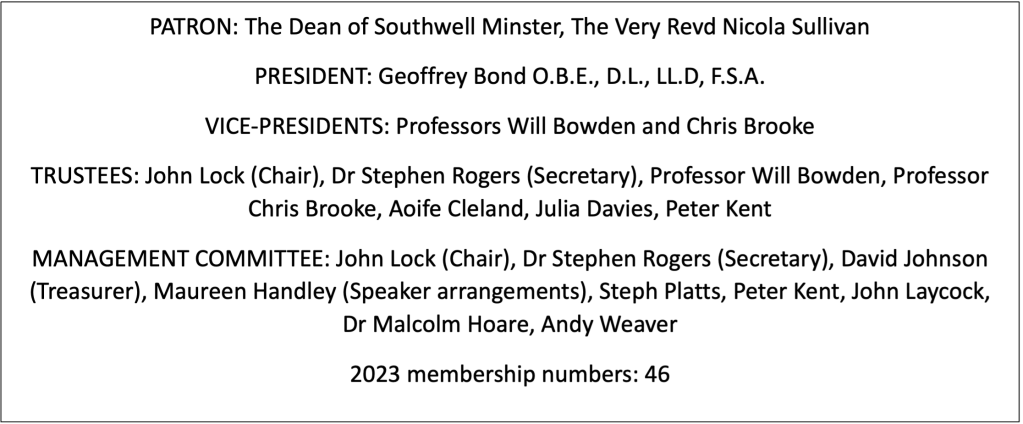
Welcome to our end of year ‘roundup’. It has been a busy year for SCAG on a number of different fronts and it is good to celebrate, and remind ourselves, of all the valuable work this group has undertaken.
The Chair’s Report:
As the days start to lengthen, I take the opportunity to look forward to the new year with you and the opportunities that lie ahead. Just as importantly we must look back and be grateful for the activities that the group, and you as its members, engaged in during 2023.
I start on a sad note in that with the sudden passing of Alan Morris we have lost a stalwart member who gave his time and professional expertise freely and always in good humour. We send his wife Celia our sincere condolences and hope to see her at SCAG activities when the time is right. One of the unfinished pieces of work that Alan was engaged on was the geophysical survey of an anomaly in the landscape at Normanton. It is my hope that this survey will be undertaken in the future and be part of his legacy for the group.
2023 has been another very busy year and the necessarily short descriptions in this piece in no way do justice to the time, effort and commitment of members. I want to express particular thanks to the unstinting work of project leaders and those engaged in ‘making things happen’. This thanks extends to their partners and families who must wonder at times what does go on in those Thursday afternoon sessions, Summer School or Young Archaeology Club [YAC] sessions!
I take the opportunity to thank The Very Reverend. Nicola Sullivan for being our Patron and Geoffrey Bond OBE DL for his continued support as Honorary President. The trustees quietly and professionally in the background give a positive steer to the management committee who do the ‘heavy lifting’ and I am grateful for all their support.
I spoke above about the Thursday sessions which provide a valuable opportunity for post excavation and other activities. We are indebted to Southwell Town Council for its continued support in the provision of accommodation in the Old Court House which makes this possible.
Turning to the future the trustees, in recognising that at this time of pressure on resources, thought it was prudent to explore the possibility and value of bringing SCAG and Southwell and District Local History Society a little closer together. Both groups have a common interest in our past and for the present my hope is that we can move towards working more collaboratively on some projects and mutually sharing our respective excellent talks resources.
The major archaeological undertakings at the Burgage and The Deans Residence / Vicars Court lie in the main behind us with reports in respect of the latter in the course of preparation. Whilst in the immediate future limited opportunities for excavation may present themselves the emphasis has changed to a greater use of non-invasive archaeological techniques. Perhaps to some not immediately as interesting as ‘wielding a mattock’ but a huge amount can be discovered whilst leaving the archaeology, or majority of it, intact. In this connection we are embarking on two major projects. They relate to parts of the heritage and landscape of Southwell which hitherto have perhaps received less attention than our recognisable landmarks.
Firstly, in moving away from the historic core, we are looking to investigate and report on the ancient routes, trackways & means of communication that place Southwell in the landscape. There may be at some point collaboration with the Roman Roads Research Association which has an interest in this area.
The second project is an investigation, with the kind permission of Sir John Starkey, of the historic Norwood Park which is situated to the west of the town and has an important but relatively unknown place in history from medieval deer park to the Bramley Apple.
In both cases the research questions need to be formulated leading to what I hope will be multi disciplined pieces of really interesting, enjoyable, and valuable pieces of work for publication and professional report. There is wide scope for members active and creative participation. Please do get in touch with me if you think that you would like to be part of the development of these exciting projects – as the adverts say, ‘no experience is necessary just lots of creative thinking’.
Finally, some of you may remember that in the very early days of the group we were involved with the University of Nottingham in a multi season archaeological excavation of test pits in and around Southwell. I am delighted to be able to tell you that discussions are in hand with Dr Chris King at the university for SCAG to bring together the information into a form which can be shared with those homeowners who allowed their gardens to be ‘investigated’ as well as placing the outcomes in the Historic Environment Record. Please keep an eye out for details.
I leave you with the thought for all that SCAG does it can only be effective and enjoyable if it has support and engagement of you the membership. We have a very strong relationship with professionals in the field and I have every confidence that this will continue.
All best wishes, John Lock, Chair
THURSDAY AFTERNOON FINDS SESSIONS
We continued to meet most Thursdays throughout the year with the principal focus being on sorting, labelling and curating the many small finds that we hold. The aim is that these finds will form the basis of an easily accessible teaching and display set for future reference. Suzanne Gee, who is a qualified specialist osteo-archaeologist, ran some sessions on bone identification and recording and is helping members build up a teaching set for further identification. Evidence from excavations have shown that animals and their bones have been a source of food and secondary products for thousands of years, so this year, members of SCAG and our new YAC group have been gaining hands-on experience for identifying bones, to help us understand the animals of Southwell’s past.
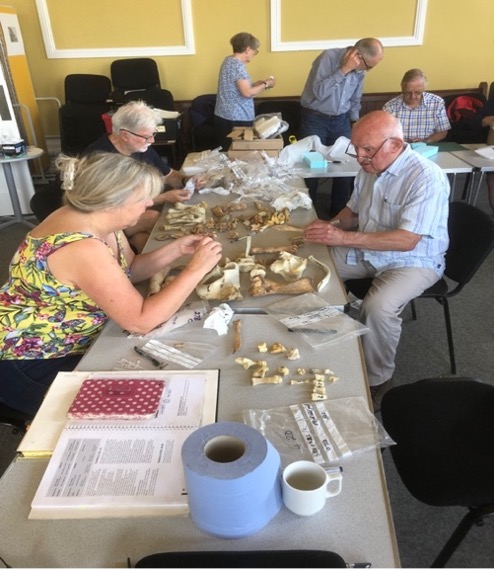
ROMAN PAINTED WALL PLASTER PROJECT
There was a further session with Jo Gray and Zoe Tomlinson to finish recording the painted wall plaster that we had painstakingly cleaned and re-boxed in 2022. The boxes have now been returned to the northwest tower of the Minster, where hopefully they will remain in a stable condition and available for future research.
One of the original boxes we found came originally from the Roman villa site at Winterton in North Lincolnshire and must have been returned from Norman Davey’s workshop in the early 1960’s by mistake. In April a group of us returned the box to The North Lincolnshire Museum in Scunthorpe and were given a guided tour by Rose Nicholson, The Heritage Manager at the museum. It is a very fine museum and well worth a trip to Scunthorpe with some interesting artefacts from various sites in the area (such as this mosaic floor).



POTTERY IN ARCHAEOLOGY RESEARCH
We have a large collection of pottery sherds and a lot more work is required to understand them in more detail and produce a useful database. Stephen has begun sessions on a Saturday morning to do more research into, and learning about, these finds. One session in July attended by eighteen people introduced our Medieval pottery finds and another in November was run by our friend Jane Young looking at shell-tempered wares.

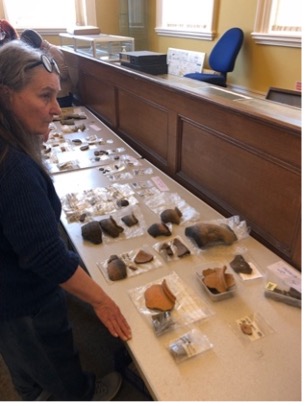

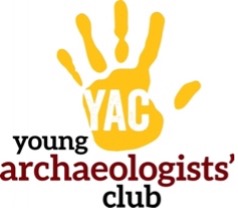
We finally got approval from the Council for British Archaeology (CBA) to start a YAC here in Southwell. The Southwell YAC is run under the auspices of the CBA and we held our first meeting in March with twenty young people. The club has a waiting list. Apart from July, we have run an activity once a month on Saturday mornings throughout the year. The club has been a great success and the activities have included a visit to Lakeside Museum (focussing on Anglo-Saxons), a pottery making, a session with Meghan King, Finds Liaison Officer for East Midlands, and work on bones and other finds.We also had an excavation session where we invited parents to come and join
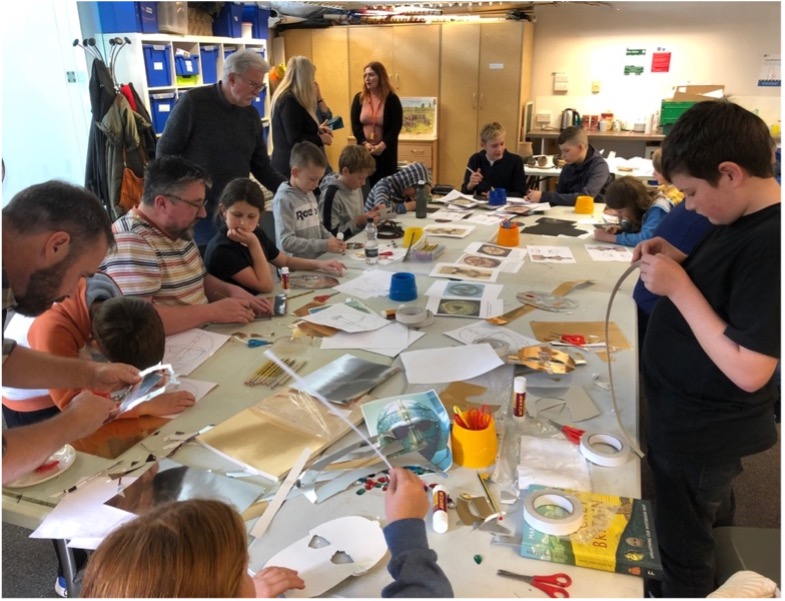
SUMMER SCHOOL DIG
Forty young people attended a weeks summer school dig in August. Split into a morning and afternoon sessions, two trenches were excavated in the back garden of number 11 Church Street. We are extremely grateful to the owner, Charlie Clay, for his hospitality. The days started with circle games then the young people were taken through the processes of digging, photographing, drawing, and recording excavations, and washing finds. The foundations of a modern outhouse building (possibly a heated greenhouse) were found but among the amazing small finds were an early Bronze Age flint arrowhead, some Roman and Medieval pottery, and a clay pipe bowl dating from the English Civil War period. Despite the rain the young people worked very hard and really enjoyed the experience.
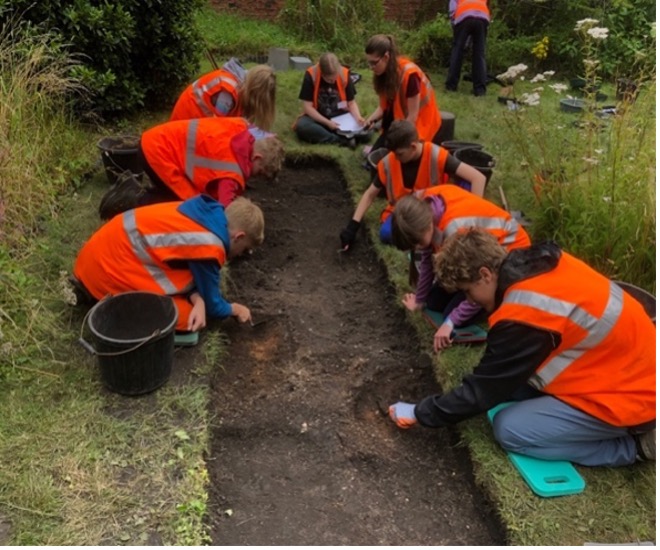
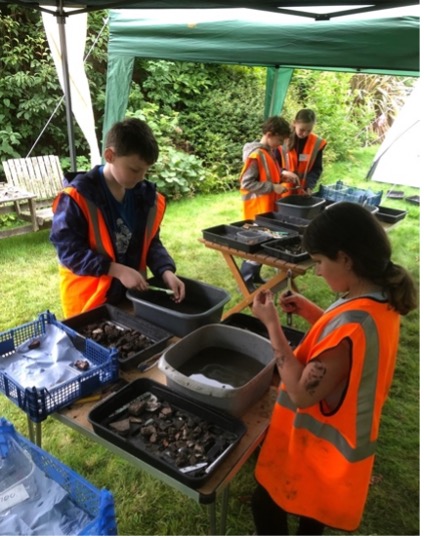
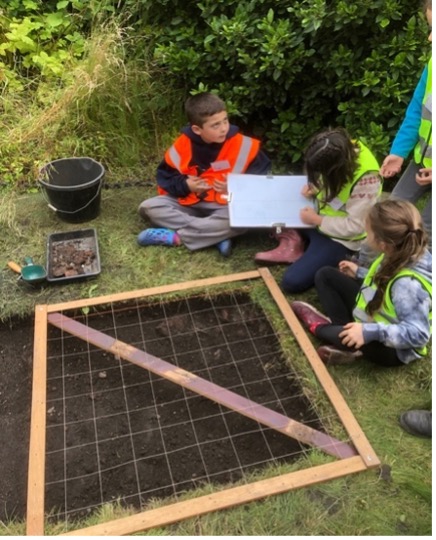
SOME OTHER COMMUNITY ACTIVITIES
SCAG have supported some of the “Romans in Southwell” schools days run by Diana Ives and her education team at the Minster.
For Heritage Open Day in September, we put up a display and tables of artefacts in the Minster crossing, highlighting the Romano-British period in Southwell.
TALKS PROGRAMME
The decision to move the Thursday evening talks to the library is seeming to work well. It must be the only library which has a fully functioning bar with a licensee. Gill Starkey still produces a wonderful service for us and a bottle of wine was supplied last year to say ‘Thank you’ although she is an avid historian and perhaps enjoys the talks as well.
Towards the end of 2023 we had a talk on ‘Castles of Nottingham’ and the ‘Archaeology of Medieval Sherwood Forest’. The obligatory quiz night was held in December and very expensive prizes (?) were offered to the winning table.
We are continuing our talks program into 2024. Our first speaker is a member of our society Dave Johnson. He is to explain about the work that some members of the society did on the wall paintings in the Saracens Head. Subsequently Dave wrote a book about these paintings and some copies are still available. If you want to purchase one bring your cash on the night.
In February Will Bowden will be talking about Boudica and in March Paul Mann will be explaining how the Vikings invading England along the river Trent. Meghan King, East Midlands Finds Liaison Officer, will be speaking in April.
VERNACULAR BUILDINGS

SCAG retains an active interest in investigating vernacular buildings. It is a fascinating way of exploring and understanding the past where even domestic activities take on a different dimension.
A case in point is the laundry room at Norwell Overall, Church Street where the original very large laundry room 16ft X 18ft would serve the main building. It was provided with several Belfast type white stoneware sinks for cloths washing and pot washing. Hot water for this purpose was from a hand filled cast-iron built-in cooking range fuelled with coal and a solid fuelled hand filled domed cast iron copper boiler complete with circular timber lid. Wet clothes would be hung to dry from a pulley clothes airing rack ceiling unit. Water was pumped by hand from a very deep brick lined external well approx. 15ft from the laundry.
GEOGRAPHIC INFORMATION SYSTEM AND PHOTOGRAMMETRY
The Photogrammetry Group continues into 2024 and has been given new impetus with a collaboration between SCAG and Brackenhurst (Nottingham Trent University). Ben Clutterbuck is the photogrammetry expert there He will be teaching us more photogrammetry techniques so that we can look at the landscape from above using the information from drones and satellites. We can use this GPS information to build up a 3D picture of the area we are studying. It is a useful non-invasive tool that gives us a lot of archaeological information.
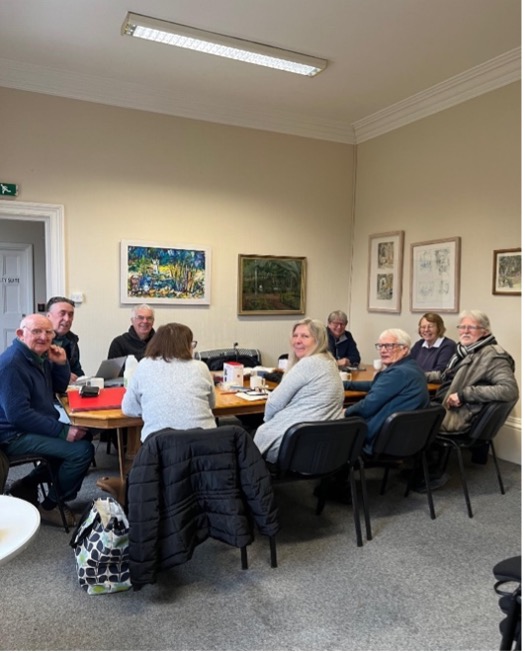
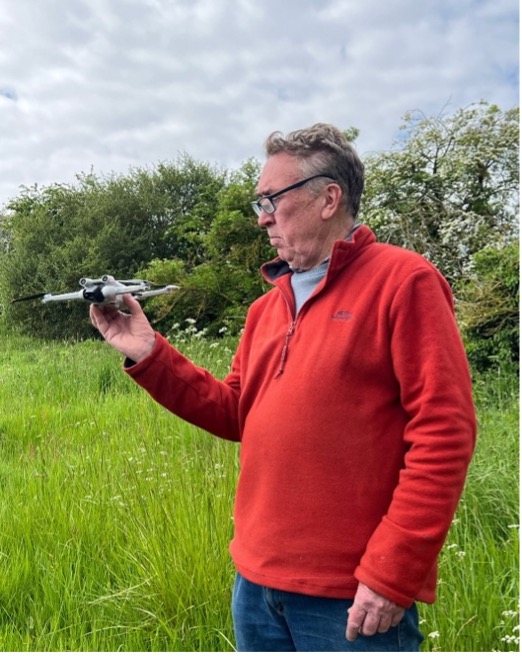
Categories: Annual report
